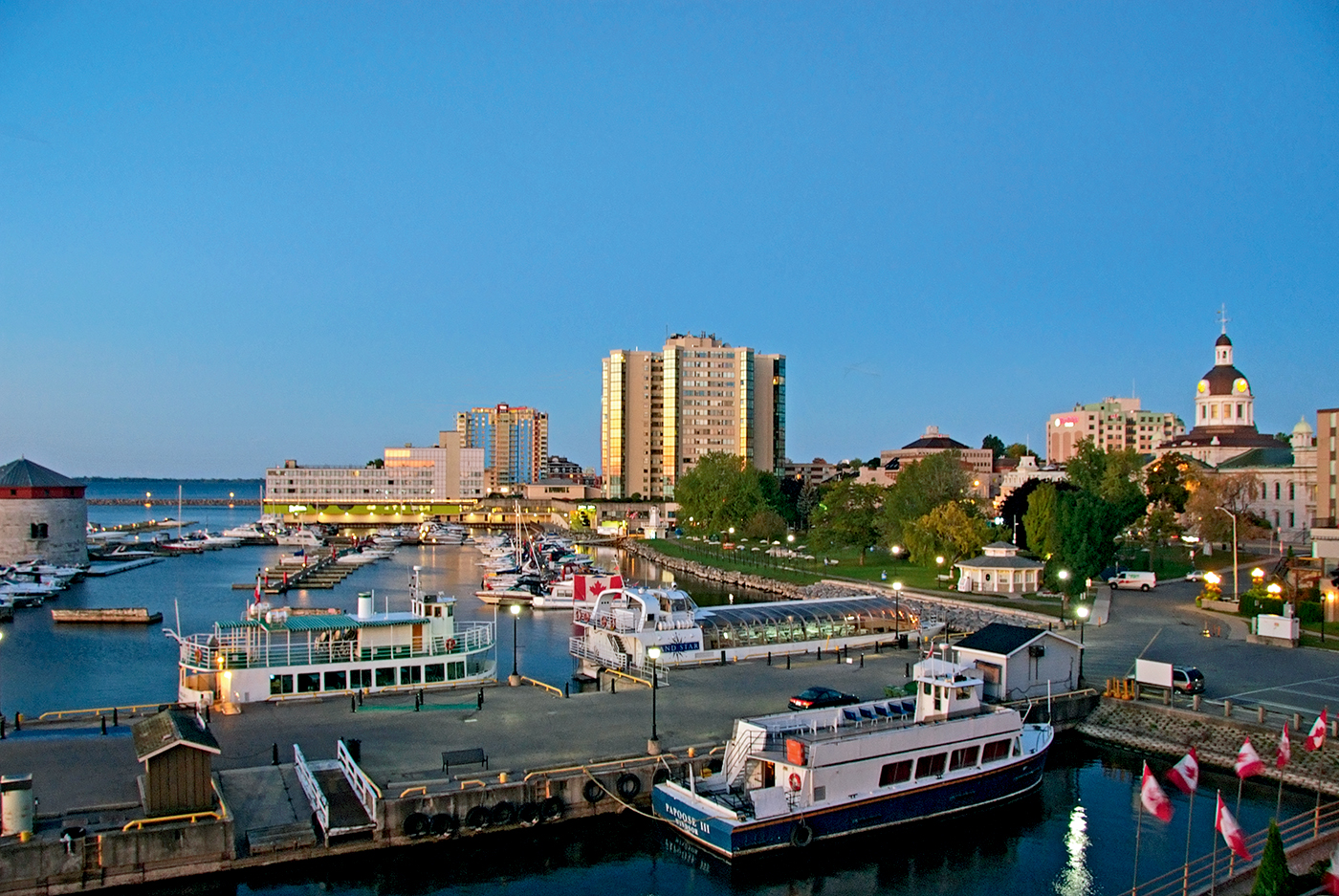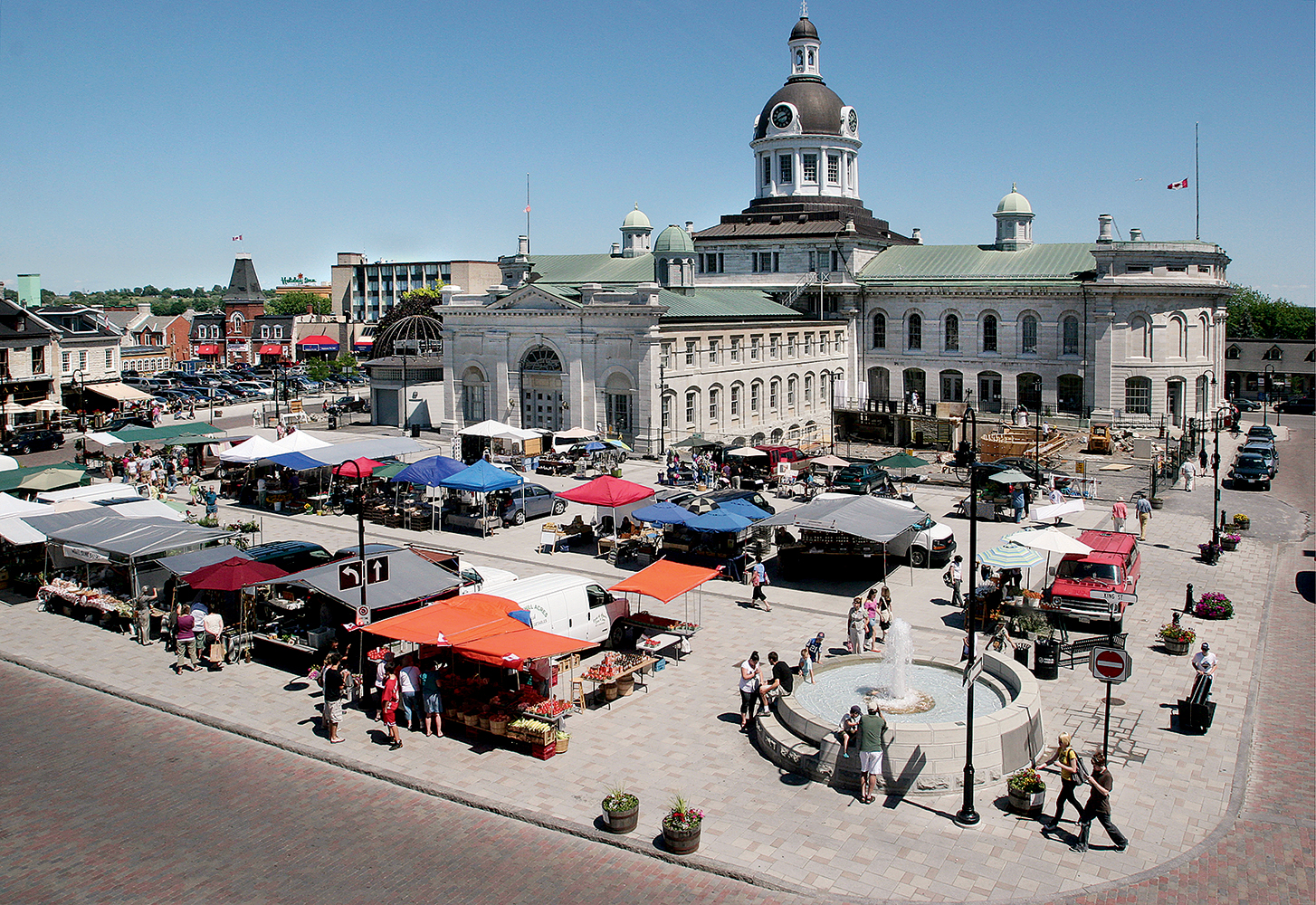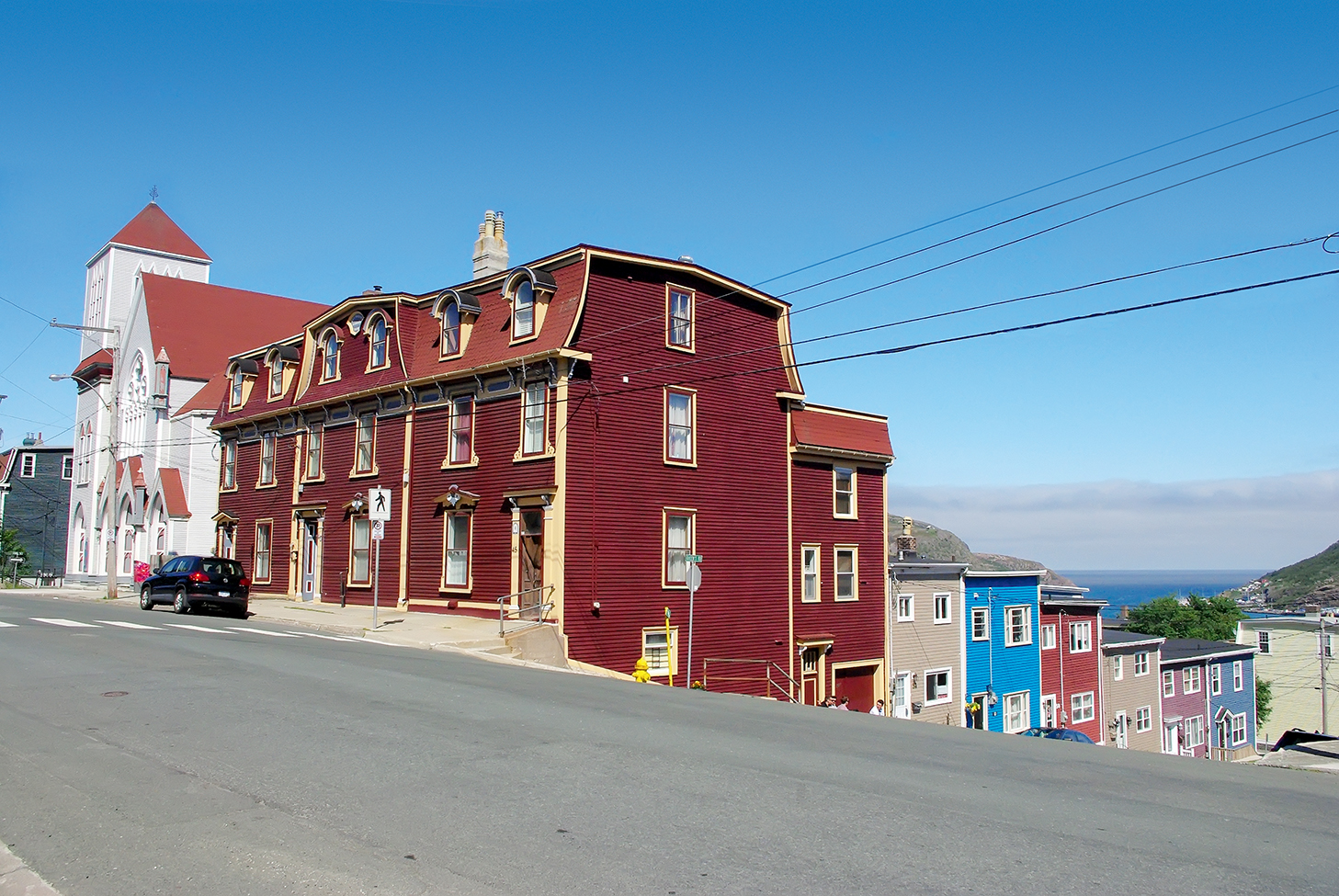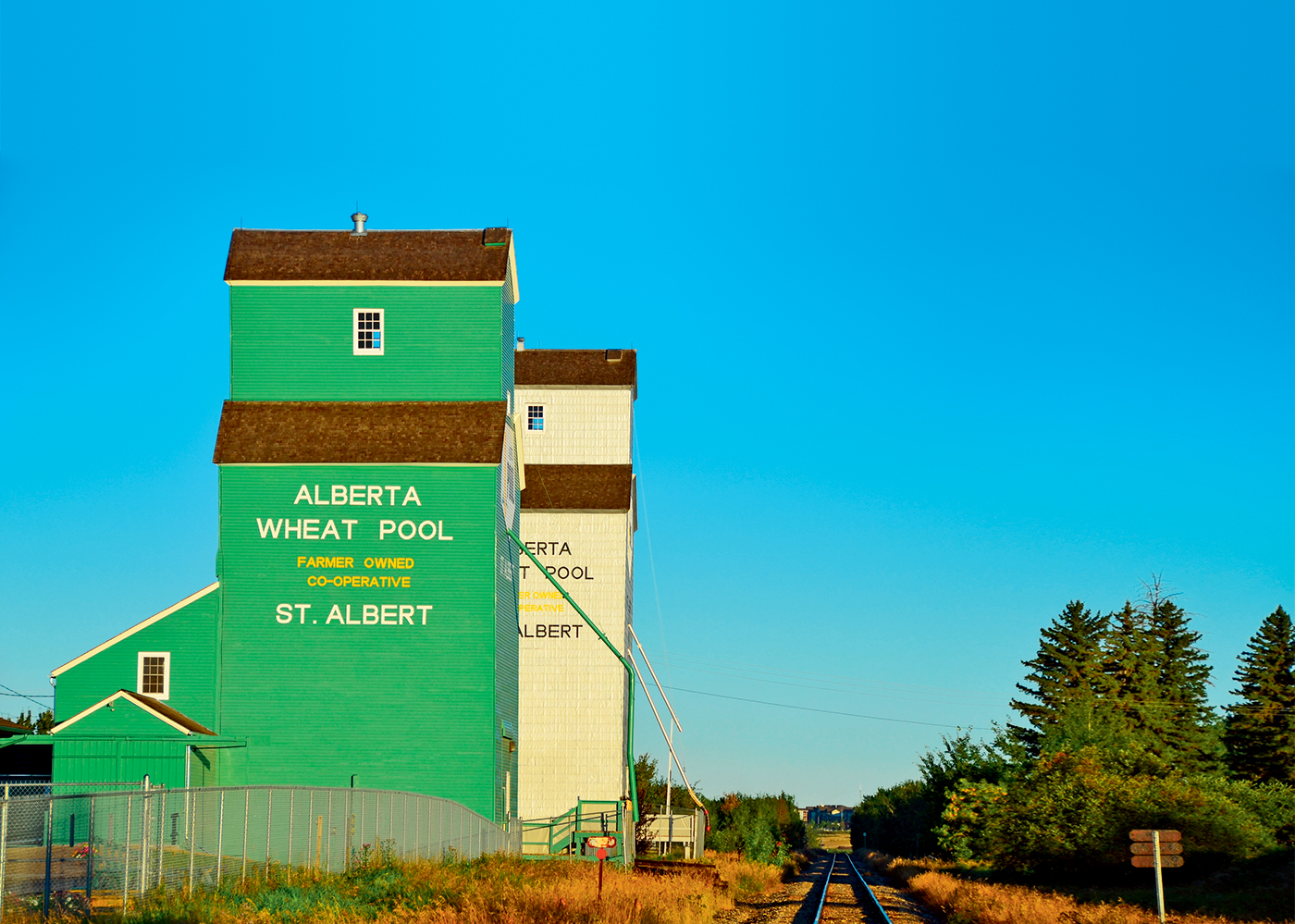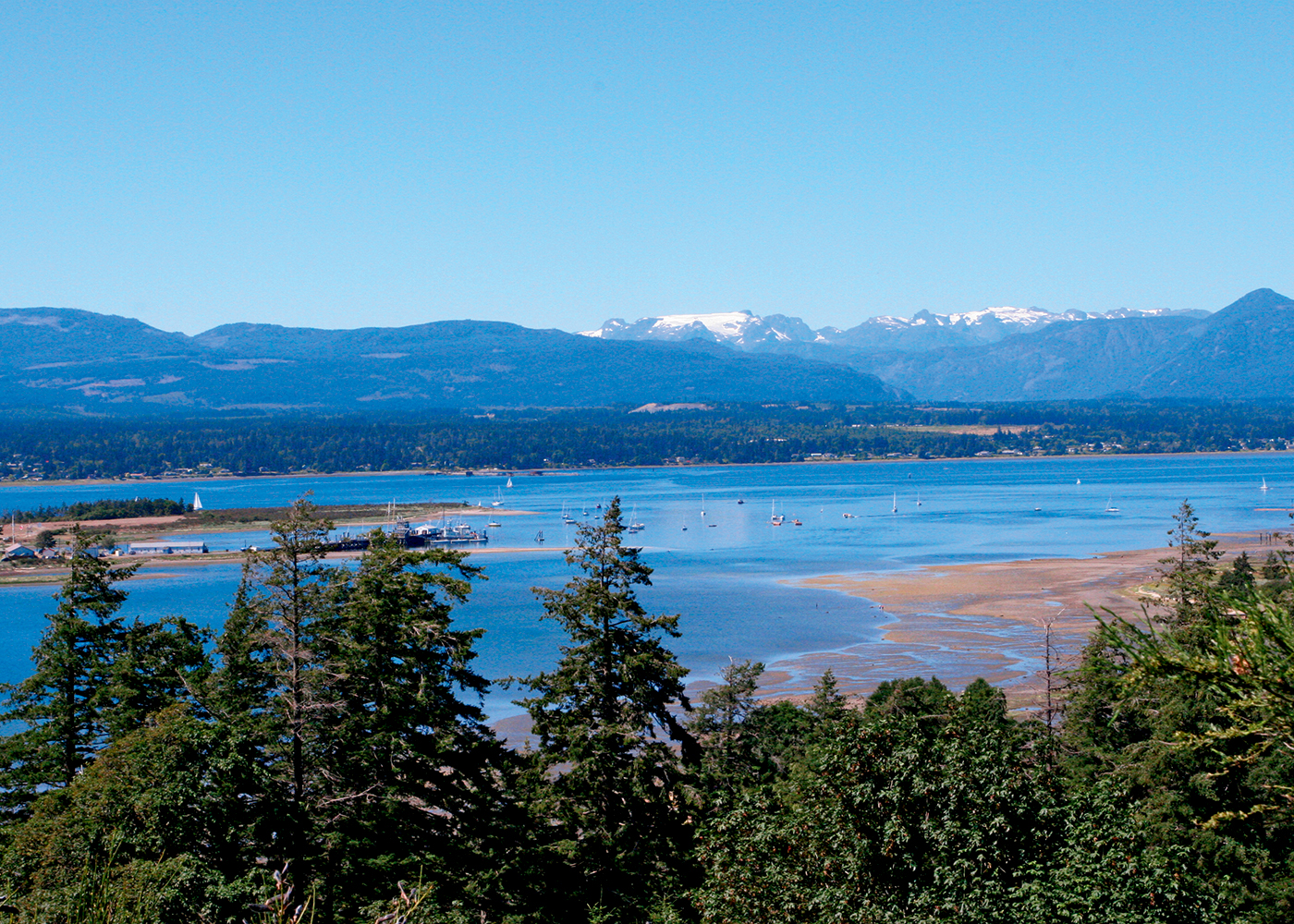By Wendy Haaf
On retiring three years ago, Valerie and Barry Malmsten were eager to escape the traffic-clogged corridors of Toronto to pursue such outdoor hobbies as kayaking, hiking, and biking; yet they didn’t want to give up the attractions of big-city life. Fortunately, the couple knew of a community that met these seemingly contradictory criteria, having lived there once before: Kingston, ON.
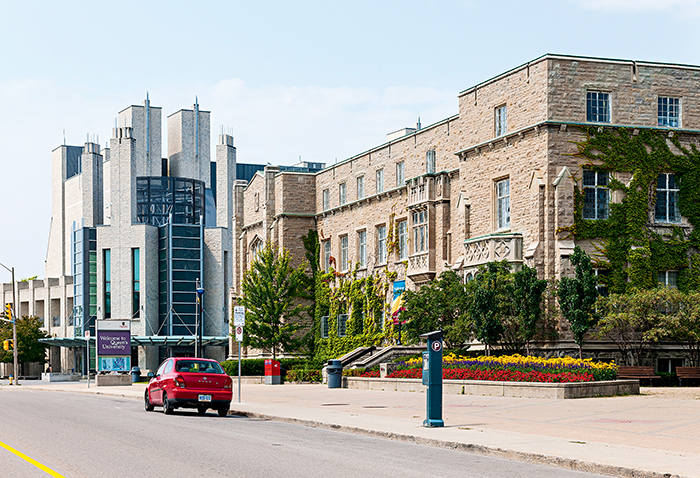
Queen’s university campus in Kingston. Photo: iStock/Elenathewise (university).
“The best thing about Kingston is that it has a quality of place and a quality of pace,” says Don Curtis, a former advertising executive who retired there 16 years ago.
With a population of about 120,000, Kingston’s pace is relaxed. Getting across town takes a mere 15 minutes, and when you arrive at your destination, the cost of parking is nominal.
“Here, rush hour means you don’t get through on one traffic light,” Barry Malmsten observes. “There’s nobody honking at you,” Curtis adds. This small-town feel extends to a friendly atmosphere. “You pass somebody on the street and they say hello—even the kids,” Valerie Malmsten says.
At the same time, Kingston possesses the cultural attractions of a centre many times its size, including a symphony orchestra, a number of theatre companies, 24 galleries and museums, an annual writers’ festival, and several concert venues, including the 6,700-seat K-Rock Centre and an acoustically state-of-the-art 566-seat performance hall in the Isabel Bader Centre for the Performing Arts. The latter belongs to Queen’s University—one of the city’s three post-secondary educational institutions and another factor in the Malmstens’ decision to move there. “We wanted to live in a town with a university because we’ve found that brings more of a cosmopolitan flavour and a greater variety of restaurants,” Barry says. (Should you nonetheless want a change of scene, Kingston has its own airport, and Toronto, Montreal, and Ottawa are all less than three hours away by car or train.)
Hospitals were another item prominent on the Malmstens’ list of must-haves, and Kingston has three (all are teaching facilities), as well as a regional cancer centre. “The tertiary-care hospital makes a huge difference, because if one of us gets ill, you don’t want to be travelling,” Valerie says. Access to medical care is prompt, too. As an example, Curtis says, “If I needed to, I could probably get a CAT scan tomorrow.”
A SOCIAL HUB
Another feature that drew the Malmstens to Kingston is the city’s 5,000-member Seniors Association—an asset the couple learned of when Valerie’s mother retired there from Montreal years ago. “I used to get jealous listening to all of the things she was doing there,” says Barry, who was recently elected president of the non-profit organization.
Housed in a former school with a café, restaurant, and gymnasium, the Association offers 200 programs, from foreign languages and woodworking to yoga. “It’s created like a little village,” Barry explains, and so lends itself to impromptu get-togethers with friends and acquaintances. Valerie credits this buzzing social hub with helping to keep her mother in robust physical and mental health. “She’s 90, in her own home, and doing amazingly well,” she says.
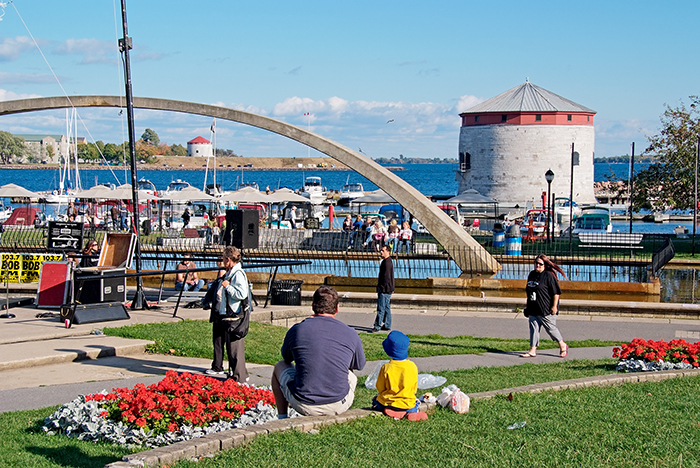
Kingston Harbour.
There’s no shortage of activities in the larger community, too, from fencing to sledge hockey. “I once added up a list, and there are about 500 things you can do, join, or participate in,” Curtis says.
Another draw is the beauty of the city itself, which boasts one of the country’s largest collections of historic buildings, including the grand 19th-century mansions that helped earn Kingston the nickname The Limestone City, and many downtown stores, some of which are still locally owned.
All of this combines with a scenic waterfront pathway, numerous parks, and a mild climate to create a pleasant place to stroll. “It’s a beautiful pedestrian environment,” Barry Malmsten says. Indeed, in a 2006 report, Statistics Canada dubbed Kingston one of Ontario’s most walkable—and cycle-able—cities.
Yet this small urban jewel is also surrounded by natural riches, including several provincial parks, an abundance of trails for hiking and biking, the 1000 Islands, and countless freshwater bodies (including 5,000 lakes) that offer opportunity for nearly every water sport imaginable, from shipwreck diving to sports fishing.
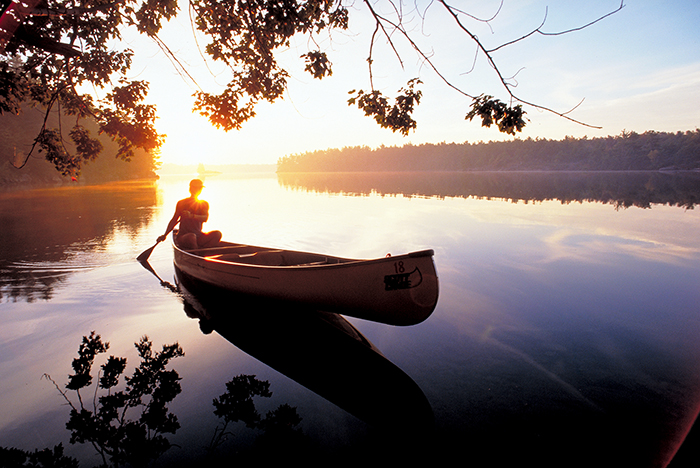
Best of all, many of these riches are close at hand; Frontenac Provincial Park, for instance, is only 30 minutes from downtown. “If we drive north out of town, we’re in cottage country within 20 minutes,” Valerie Malmsten says. “It’s beautiful—and so close to the city.”
Photos: Photo: Courtesy of City of Kingston (marina) and OTMPC (others).


